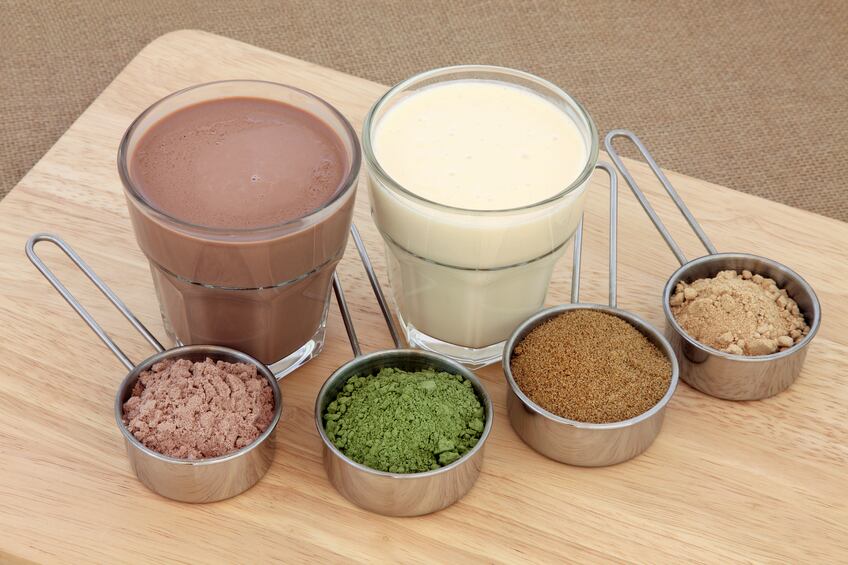Palatinose (the generic name is isomaltulose) is a powder that can be applied in a host of foods such as baked goods, breakfast cereal and cereal bars, dairy products, frozen desserts confectionery and beverages.
According to Beneo, it provides the body with the same amount of carbohydrate energy as sucrose. But thanks to its unique glucose-fructose binding, the energy is released slower and not all at once.
The company also claims the tooth-friendly sweetener, which is derived from natural sugar beet, helps to improve stability for beverages, while it can be also used to give glazed goods such as doughnuts and other bakery items a longer shelf-life.
Beneo says Palatinose can, for one, help athletes achieve higher fat-oxidation rates in endurance training or competitive endurance activities. A study at Germany’s University of Freiburg in 2016 revealed that with a pre-load of Palatinose, endurance athletes maintained a more stable blood glucose profile and higher fat oxidation, which resulted in improved cycling performance compared with maltodextrin. More recently, Beneo has said the product appeals to the video gaming community who are keen to use its slow energy release to stay focussed and alert.
Its new study looking at Palatinose as a weight-loss aid, carried out by Dr Helen Lightowler and Professor Jeya Henry at Oxford Brookes University’s Functional Food Centre in the UK, claims the product can steer the metabolism towards fat burning.
The study aimed to evaluate the effects of an energy-reduced diet containing Palatinose on body weight loss, in comparison to sucrose.
Over a 12-week period, 50 healthy overweight and obese adults consumed either 40g of Palatinose or sucrose over four meals a day, as part of their energy-reduced diet (in total approximately 1,700 kcal per day). The evening meal was free choice for participants. Changes in body weight, body composition (fat mass, fat free mass) and energy metabolism were assessed at the beginning of the study and every subsequent four weeks.
Both the Palatinose and sucrose groups lost weight over the 12-week study period. However, only those participants consuming Palatinose achieved significant weight loss; losing an extra kilo in comparison to the sucrose group. In addition, the Palatinose group also experienced a reduction in fat mass percentage (around 2%) and a significant increase in fat free mass percentage (i.e. lean body mass). These observed changes were linked to a greater reduction in energy intake and a higher fat burning rate with Palatinose compared to sucrose.
The study backs a 2017 study in Nutrients led by Professor Jeya Henry at the Singapore Institute of Clinical Studies which showed that Palatinose did not have the same effect on volunteers‘ blood sugar as sucrose, and improved fat burning.
Anke Sentko, Vice President Regulatory Affairs and Nutrition Communication at Beneo, said: “This study clearly shows that carbohydrate choice matters when undertaking a weight loss diet. Using Palatinose instead of sucrose supports weight loss and the reduction of body fat in overweight and obese people, because it steers the metabolism towards fat burning. With 670 million adults worldwide now registered as obese, this is an important step towards looking beyond calorie counting and considering instead what people can eat to help them better achieve their weight loss goals.”
Source
Changes in weight and substrate oxidation in overweight adults following isomaltulose intake during a 12-Week weight loss intervention: A randomized, double-blind, controlled trial
Nutrients
Authors: Lightowler H, Schweitzer L, Theis S, Henry CJ (2019)
doi: 10.3390/nu11102367
Link: https://www.mdpi.com/2072-6643/11/10/2367



